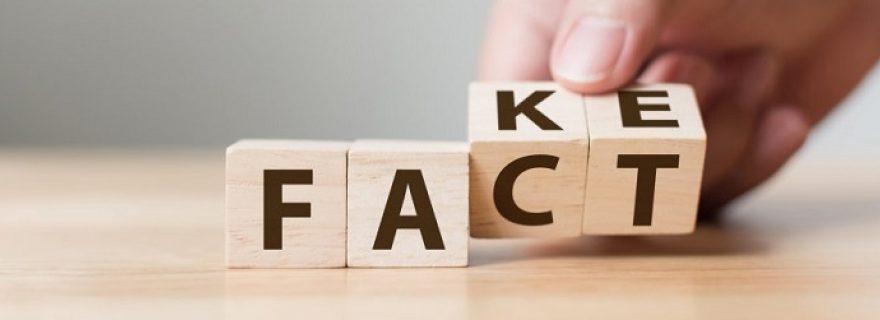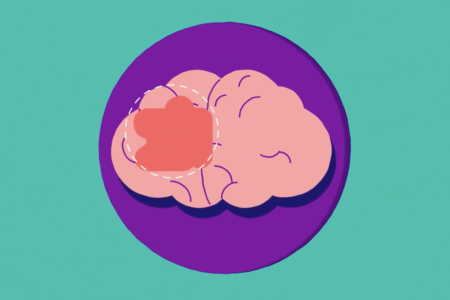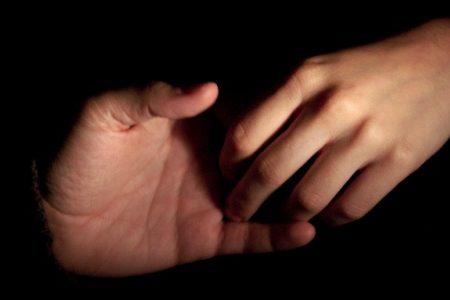Fact or fake? The deceiving brain
A story about our (too) efficient brain and our impressionable memories: why what we remember so clearly is not always what actually happened.
Every couple has been in this situation. You are settling in for a nice evening of Netflix and ... but there’s just one problem: you can’t find the remote. You ask your partner where they left it yesterday, but they say you had it last. After a couple of minutes of (unrelated) arguing, you angrily plump down on the sofa… and what do you find between the cushions? The remote. Just where you left it yesterday. Oops.
False memories
The scenario sketched above is a common example of a false memory. False memories are memories of events that did not happen, or distorted versions of what actually did happen. Everyone has had false memories (e.g., misplacing your keys, misremembering an argument, or altering the details of your holiday), but the weird thing about false memories is that multiple people can have the same one.
A well-known shared false memory is about Nelson Mandela. When he died in 2013, a lot of people were confused as they distinctly remembered Mandela dying when he was in prison in the 1980s. Despite the proof that he had left prison in 1990 and lived a long life till 2013, these people were still convinced their memory was true. This communal recollection of something that is not supported by documented history, is now known as ‘the Mandela Effect’.
How are false memories created?
So how can multiple unrelated people have a similar memory of something that did not happen? Even though many people who have experienced the Mandela effect have a rather paranormal explanation for this phenomenon (strongly believing that they do not falsely remember the event, but that they remember it accurately as it happened in an alternate reality), there is also a scientific explanation for these false memories: the Predictive Coding theory. This theory suggests that false memories are created when weak memory traces and strong expectations meet.
When something memorable happens (for example, saying “I love you” for the first time) a specific pattern of brain cells become active. When you think back to this event, the same pattern, a memory trace, will become active again, and you will remember the event accurately. But when you think back to a less memorable event (for example, watching TV), it is likely that not the entire pattern will become active again: the memory trace is weak and the memory is faded.
Luckily, our brains work very efficiently and will supplement the missing information based on our best guess. A good example is the blind spot in our eyes: even though we cannot perceive anything that falls on this specific area, we do not see a ‘gap’ in our image of our surroundings. This is a result of our brains using our expectations to fill in the missing pieces. They do the same thing with weak memory traces, often resulting in an accurate memory. However, if there is a mismatch between what we expected to happen and what actually happened, the pattern is filled in inaccurately, and a false memory is formed.
In the case of the missing remote: you and your partner watched television yesterday, and you had the remote last. However, as your memory trace of this event is weak (it is a frequent and not very memorable event), and your expectations are very strong (your partner almost always has the remote), you falsely remember your partner having the remote.
Impact of false memories
But why is this relevant? What does it matter if people misremember where they left their stuff, or when a person died (except for being a somewhat unreliable partner in a pub quiz)? In some circumstances, false memories can also have tremendous consequences. A well-known example is the case of the Central Park Five (recently adapted into a Netflix series ‘When They See Us’). This true story is about five boys who were wrongly convicted of murder, rape, and several muggings in Central Park. Even though they were innocent, eye witness testimonies strongly based on expectations and beliefs, placed them at multiple crime scenes (at the same time…), illustrating the ease and impact of false memories.
So what can we learn from this? Even if multiple people remember something, it does not necessarily mean it is true. Whether it is during eye witness testimonies, a pub quiz, or in an argument with your partner about where you left the remote, be critical of yourself and others: don’t let your world view dictate how you view the world.





